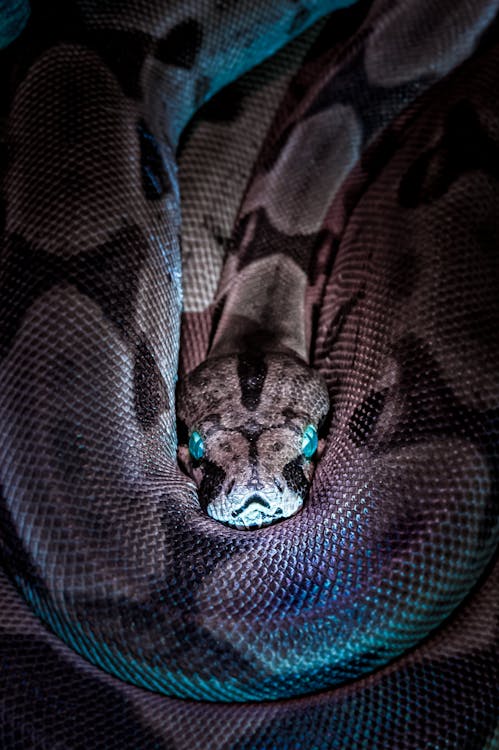Baird's rat snake, also known by its scientific name, Pantherophis bairdi, is a species of nonvenomous snake that is native to North America. This snake is an important member of its ecosystem and has a unique set of physical characteristics and behaviors that make it a fascinating and important species to study.
Physical Characteristics
Baird's rat snake is a medium-sized snake that can grow up to 6 feet in length. The snake is brown or black in color, with a series of light-colored bands that run along its back and sides. The snake's head is distinctively shaped and is larger than its neck. The scales on the snake's body are smooth, and its belly is typically a light-colored cream or yellow.
Behavior
Baird's rat snake is a diurnal species, which means that it is active during the day. The snake is an excellent climber and is often found in trees or other elevated locations, where it feeds on birds and small mammals. The snake is also known to be an excellent swimmer and can often be found near bodies of water, where it will hunt for fish and other aquatic animals.
The snake is not aggressive and will typically try to avoid human contact. When threatened, the snake will typically retreat or try to hide. However, if cornered, the snake may strike and bite, although its bite is not venomous and is not considered dangerous to humans.
Conservation
Baird's rat snake is not currently listed as an endangered species, although it is considered a species of concern due to habitat loss and fragmentation. Like many other species of snakes, Baird's rat snake relies on a variety of different habitats for food, shelter, and breeding, and habitat destruction and fragmentation can have a significant impact on the snake's population.
Conservation efforts are underway to protect the snake and its habitat, including the creation of protected areas, such as wildlife refuges and national parks, and the implementation of habitat restoration and management programs.
Conclusion
Baird's rat snake is a fascinating and important species that plays an important role in its ecosystem. With its unique physical characteristics and behaviors, it is a species that is well worth studying and protecting. As we continue to work to conserve and protect this important species, we ensure that it remains a vital part of our natural heritage and a symbol of the importance of biodiversity in our world.


Comments
Post a Comment